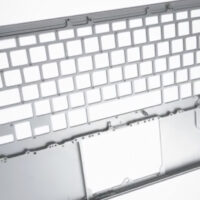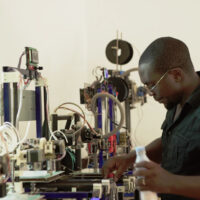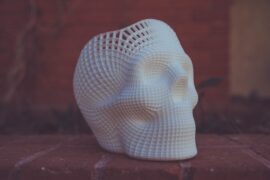It’s no secret that assembling the dozens –– or hundreds –– of parts that make up a consumer electronic product assembly is both costly and time-intensive. But what if said electronics could –– gosh darn it –– just assemble themselves? What better things have they got going on?
Such is the premise behind the latest project to come out of MIT’s Self-Assembly research lab: The Self-Assembling Cell Phone.
Led by “4D Printing” pioneer Skyler Tibbits –– who also heads up the Self-Assembly Lab –– the project explores how components of a consumer electronic device can be assembled intelligently via an external stimulus. In this case, it’s a tumbler that bounces the parts from two separate phone devices around until they find each other’s assembly contact points. While bouncing around the parts of one device is one thing, bouncing around two with separate part designs is quite impressive:
Surely, manufacturing self-assembling consumer electronics is still a ways off, but with the existing ability to embed intelligence and multiple materials into single parts –– a self-assembling device might not be as far off as you’d think.
“Self-assembly promises to enable breakthroughs across every application of biology, material science, software, robotics, manufacturing, transportation, infrastructure, construction, the arts, and even space exploration,” explains Tibbits. “The Self-Assembly Lab is working with academic, commercial, nonprofit, and government partners, collaborators, and sponsors to make our self-assembling future a reality.”
Find out more about the Self-Assembly lab and other impressive projects they’re working on here.






